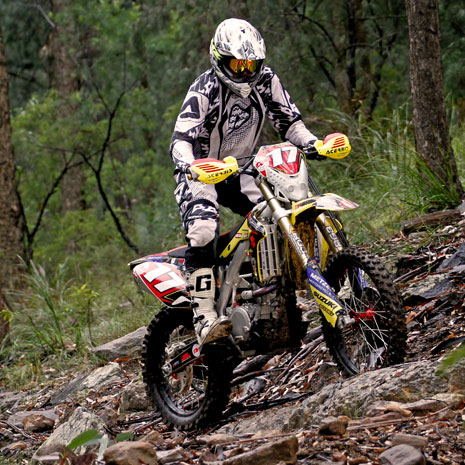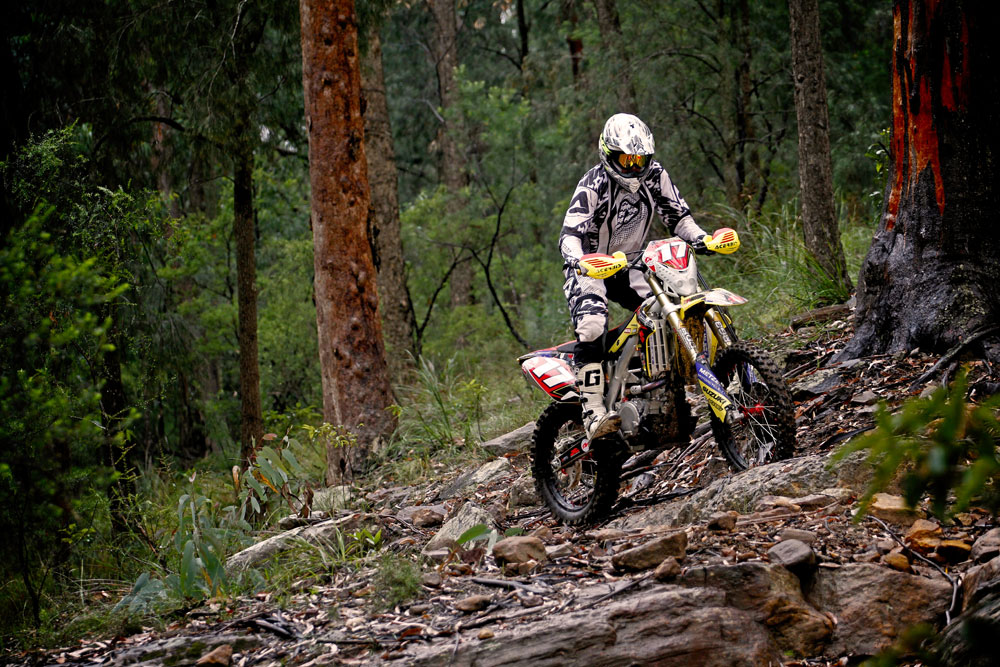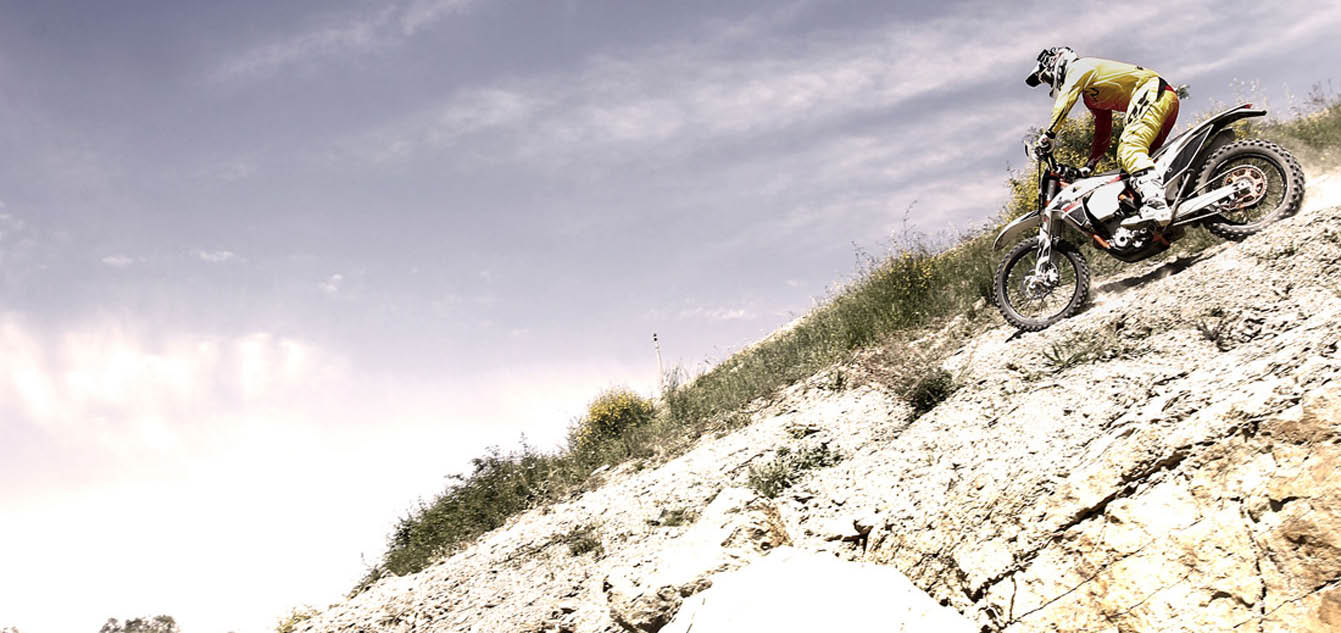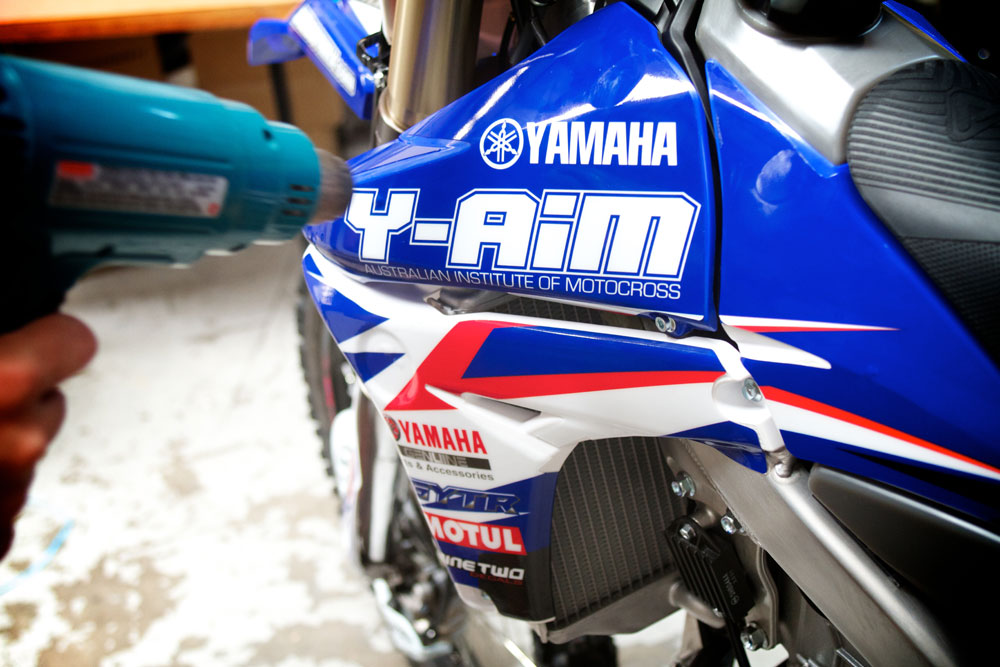
Traversing the side of a hill can be tricky but with a few techniques in place you can keep yourself on track.
STORY SHANE BOOTH | PHOTOGRAPHY MATT BERNARD
When the trail heads across the side of a hill and the ground underneath you slopes away it’s easy to get into trouble, especially if its narrow single track that’s sloping away steeply to one side.
LOOK AHEAD
The most important thing to do on a section of trail like this is get your vision up and look ahead. The further ahead you look the more time you give yourself to deal with the upcoming trail. This in turn gives you more time to scan the terrain and make better decisions as far as your line choice is concerned. Where you choose to put your bike can make all the difference on a slick off-camber section of trail.
STAY HIGH
When you are selecting your line you should always look to stay on the high side of the trail if possible. This gives you a little more margin for error if you lose traction and start to slide down the hill. Remember, gravity is trying to get you down the hill so any time you can give yourself a buffer it’s not a bad idea to do so. Also look for smooth options that will keep your wheels on the ground. If your wheels leave the ground in this situation they will come back to the surface lower down the hill, not a problem if it’s only a slight angle but if it’s steep it can be a problem. Avoid loose rocks or soil if you can.
KEEP IT SMOOTH
Keep your throttle and clutch control as smooth as possible. This also goes for any brake application as you really just want to avoid breaking traction or locking a wheel.
YOUR BODY WEIGHT
What you do with your body weight will make a massive difference to how the bike tracks along an off-camber trail. It’s all about your outside footpeg, or the footpeg on the low side of the hill which is where you want the majority of your weight going. So when you’re in the standing position, which is the best option here, lean the bike into the hill slightly but put the majority of your weight down into the footpeg on the low side of the hill. This will help the outside edge of the tyres grip the trail and give you the best chance of holding your line.
SLIDING
If the off-camber section gets steep enough that the rear wheel starts to slide down the hill, don’t panic. Just make sure that you continue to steer exactly where you want the bike to go, lean your body weight into the hill and keep that weight in the footpeg on the lower side of the trail. As the rear slides down the hill don’t keep your front wheel in line with the bike otherwise you’ll just end up pointing straight up the slope and stuck; keep that front wheel pointed along the trail!




